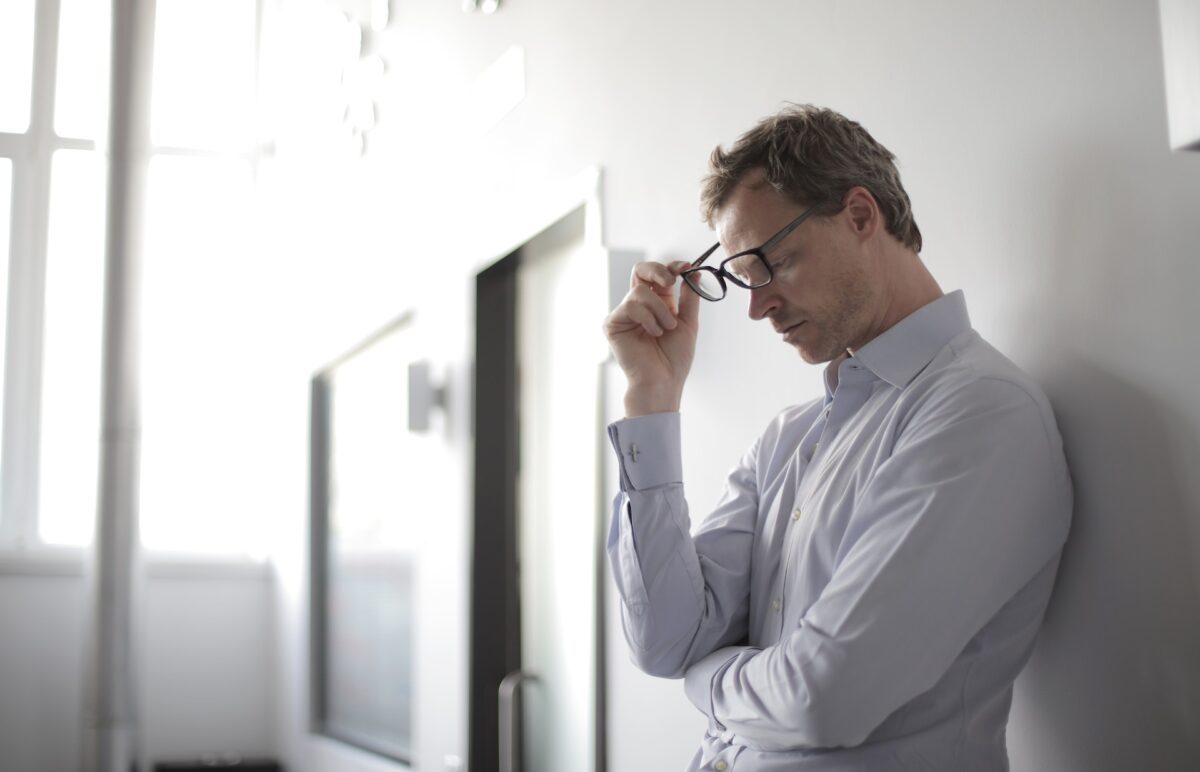Introduction
The Accessibility for Ontarians with Disabilities Act (AODA) mandates that organizations in Ontario create accessible environments for all individuals, regardless of their physical and mental capabilities. Understanding the legal obligations under AODA is crucial for businesses, non-profits, and public sector organizations. Equally important is being aware of the consequences of non-compliance, which can include financial penalties. This blog outlines these obligations and the potential penalties that organizations could face if they fail to adhere to the standards set by AODA.
Understanding AODA Compliance
AODA seeks to achieve a fully accessible Ontario by 2025 by setting standards in areas such as customer service, information and communications, employment, transportation, and the design of public spaces. Organizations are required to meet these standards by specific deadlines, which vary depending on the size and type of organization.
Legal Obligations
All organizations operating in Ontario must comply with the current accessibility standards. This includes:
– Implementing accessible customer service policies.
– Ensuring that information and communications are accessible.
– Making employment practices inclusive.
– Providing accessible transportation.
– Designing public spaces that are accessible.
Penalties for Non-Compliance
The enforcement of AODA compliance can include substantial monetary penalties, which are designed to encourage adherence to the regulations. Penalties for non-compliance are structured as follows:
– Minor violations can result in fines for individuals and corporations that can range from $200 to $2,000.
– More severe infractions can attract higher fines, with corporations facing penalties of up to $15,000.
– Repeat offenders may face increased penalties, emphasizing the importance of maintaining ongoing compliance with AODA standards.
Director and Officer Liability
It’s important to note that directors and officers of a corporation can be held liable for non-compliance. They have the duty to ensure that their organizations adhere to AODA standards, otherwise, they may face personal penalties. Further, you can also check what is VPAT and how you can implement it.
Avoiding Penalties
To avoid penalties for AODA non-compliance, organizations should:
– Regularly review and update their accessibility policies and practices.
– Train staff on AODA standards and their implementation.
– File Accessibility Compliance Reports, as required by the Ontario government.
Conclusion
Staying informed about your obligations under AODA and actively working towards compliance is not only a legal requirement but also a significant step towards creating an inclusive society. It enhances your reputation, reduces the risk of penalties, and opens your services to a broader audience. For organizations needing assistance with AODA compliance requirements for websites, resources are available through various Ontario government outlets and specialized consultancy services like Accessibility Partners.
For more detailed information on the specific penalties related to AODA non-compliance, you can visit the official Ontario legislation website.







